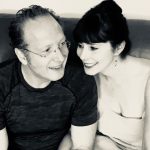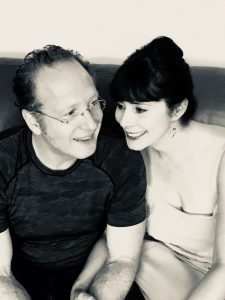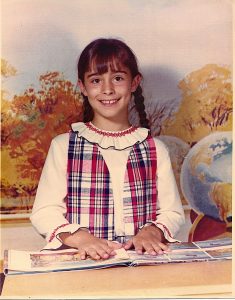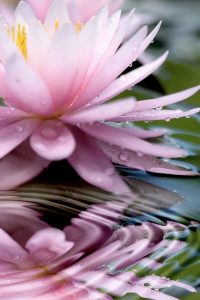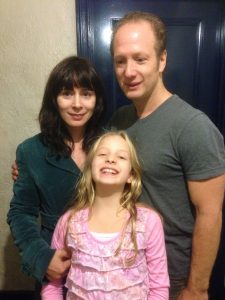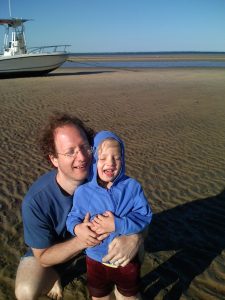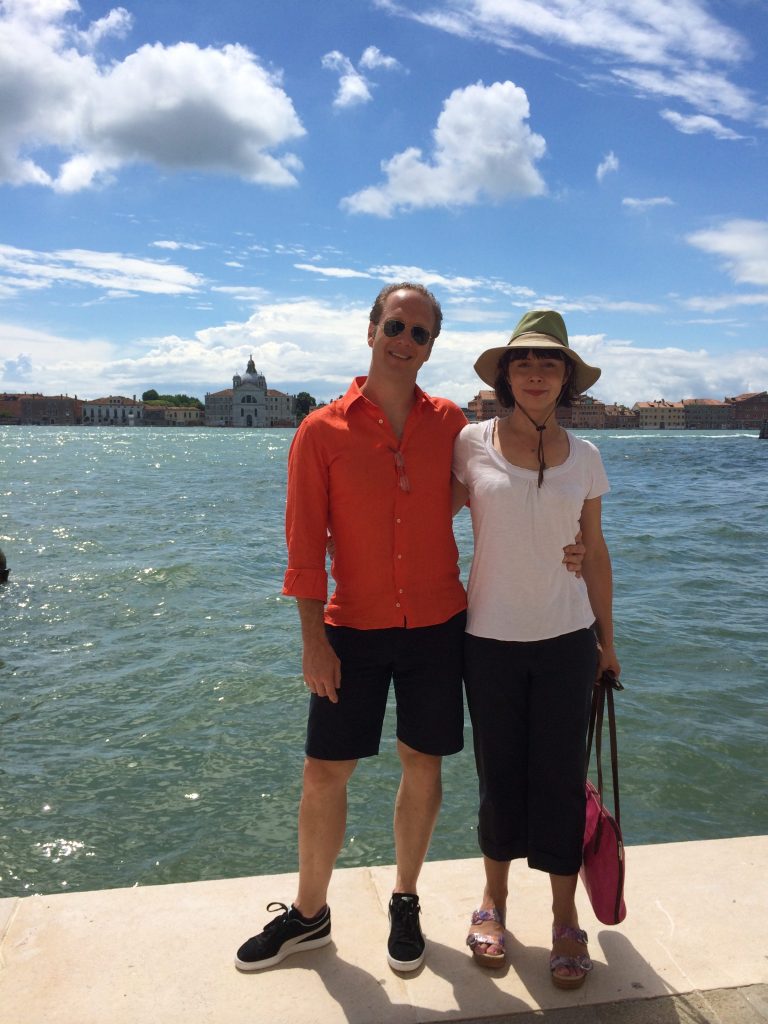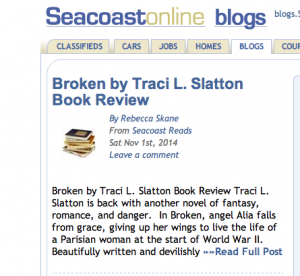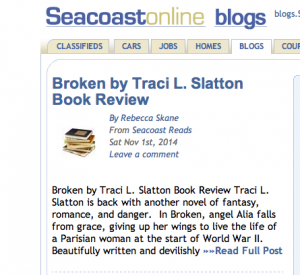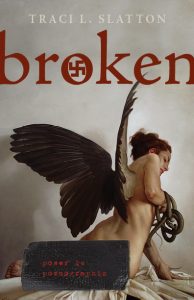The Gottman Institute: The Art & Science of Love
The Gottman Institute: The Art & Science of Love
My husband and I had a rude and rough couple of years.
Sabin was briefly ensconced at the antipodes with people who thought they knew him better after 12 minutes than I did after 18 years, and they brought out his worst self. They encouraged him to forget his family–to lose sight of his integrity. I frittered away our months apart with people and pastimes that took me away from my mission in life. I wasn’t my best self, either.
Love brought us back together and our union needed repair.
There were tools that aided us. I’ve blogged about those before. I read several books and used an excellent program developed by a California-based marriage counselor.
In particular, and with some mirth because he’s funny, we watched videos of Dr. John Gottman talking about what makes a marriage work. I bought Gottman’s books and googled The Gottman Institute.
After one fierce fight that ended with me in tears and Sabin apoplectic with hurt and anger, I said, “Enough. We’re going to a Gottman workshop.”
Sabin agreed, if skeptically. He was more amenable when I assured him that there was no public disclosure.
The time came and we flew to Seattle a few days early so we could hike Mt. Rainier. I figured two days of exercise on the mountain would exorcise Sabin’s physical restlessness.
We arrived early at the Seattle Sheraton on the morning of the workshop to secure good seats, close to the front. And there began two days of extraordinary learning.
The first day focused on building the ground of being of love through Drs. John and Julie Gottman’s research-based techniques. We listened to lectures on love maps, fondness and admiration, and bids for connection, and then we practiced the skills through carefully thought out exercises. The exercises were good fun as well as good practicum for a marriage. They deepened the friendship, connection, and trust that are so essential in the union.
It was fun to tell Sabin all the good things I think about him–and even more fun to hear him describe my strengths!
We also practiced a “stress reducing conversation” according to a Gottman script. It was an effective tool. When Sabin spoke about the stresses of his life, he was able to feel my empathy; when it was my turn to confide, I felt his empathy. We finished the exercise feeling heard and cared for. Our hearts opened and we felt close to each other.
But it wasn’t just the exercises and lectures that taught us and moved us. Equally eloquent was the way John and Julie Gottman related to each other. They were at turns playful and somber and they were always palpably connected. They teased each other, finished each other’s sentences, demoed exercises together with zest and relish, touched each other affectionately, listened respectfully when the other was saying something of heightened import, admitted to fighting, owned their own parts in their conflict, apologized for hurting each other, and praised the other.
Julie and John were modeling something critical: a real marriage, hugs and warts and tears and laughs and all. A marriage wherein both spouses are deeply committed and deeply engaged in the ongoing work of building a strong and joyful shared sense of “we.”
This was most evident the second day of the workshop, when the Gottmans addressed conflict.
Around 10 am of the second day, I witnessed one of the most profound human interactions I’ve ever seen–and I attended a 4 years hands-on healing school which included a great deal of deep personal process work. But this was astonishing: Julie and John demonstrated their script for repair after a regrettable incident.
I’ve never seen two people be more real, more vulnerable, more honest, and more sensitive with each other. It was deeply soulful. It showed the power of being real, being vulnerable, being honest, and being sensitive with your mate.
Julie and John worked through an actual fight from a few years earlier, following one of the scripts they’d written. Julie dissolved into tears, remembering early life traumas that had played a part in her responses. I was in tears watching her. With candor and grace, John also talked about his triggers. I marveled at his insight into himself.
The goal was to understand each other better. It achieved that and so much more. It was a marvelous process.
In class, Sabin and I did the exercise around a recent fight. Since returning home, we’ve done the exercise around the painful episodes from the last two years.
The Gottman Institute weekend ended with presentations and exercises around shared meaning and helping each other attain life dreams. In a real way, Sabin and I are already strong in that area, because we both feel so strongly about arts and letters. He’s been the strongest supporter of my writing, and I’ve always supported his art.
For me, the best part of the weekend was being in the field of the relationship between Julie and John Gottman. So that’s what a good relationship is, I thought. Perhaps the Gottman tools could even have helped my difficult first marriage. It’s possible. It’s for certain they’re a great blessing for Sabin and me.
In his thoughtful way, Sabin voiced the most beautiful, most telling comment about the weekend. “I never before understood about the sacredness of marriage,” he told me. “Now I do.”
